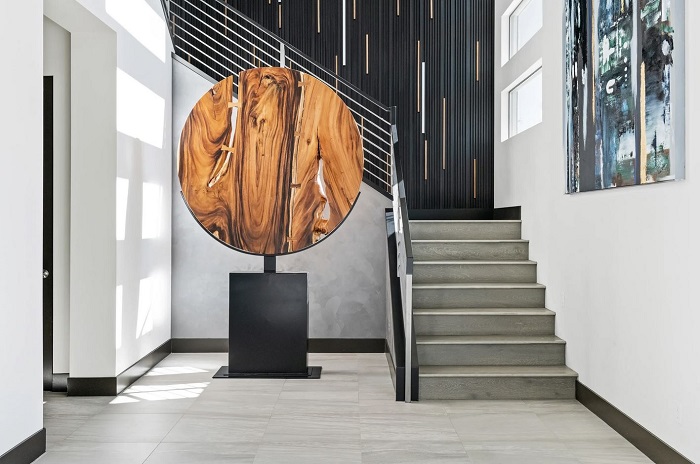[[data.name.value]]
[[metadata.defaultData.name]]
[[data.title.value]],
[[metadata.defaultData.title]],
[[data.company.value]]
[[metadata.defaultData.company]]

How Can Interior Decorators Choose Your Color Scheme Optimally
Ever ponder how skilled interior designers produce such unified environments? Without professional advice, selecting the ideal color scheme might be daunting. Your surroundings are shaped by every color, tint, and tone. An interior designer provides more than just color matching advice. Let's examine how they skillfully create settings that are harmonic, with each element seeming purposeful and welcoming.

Cracking the Code of Color Psychology
Colors affect how we feel in a space, arouse feelings, and create moods. A skilled decorator knows how to utilize color to create the mood they want. For instance, chilly tints provide tranquility to a living area, while warm tones might make it seem comfortable. When selecting a color scheme, they will take into account the function of each area. They will assist you in matching colors to your requirements, whether you're designing a calm bedroom or an energetic kitchen.
Evaluating Space and Light for Harmony
The way colors look throughout the day is significantly impacted by both artificial and natural lighting. When choosing colors for a place, interior designers carefully consider the lighting. They could recommend lighter colors for darker spaces to create an airy feeling. On the other hand, subdued or bright colors could work well in well-lit spaces. Furthermore, the size of a room often dictates whether darker or lighter hues are better suited.
Establishing a Flow Between Rooms
An interior designer makes sure that the colors you choose create a cohesive sense throughout all of the spaces. To maintain distinct identity while tying places together, they may use transitional hues. Cohesion may be achieved, for example, by using similar colors for wall paint or décor. They prevent conflicts that upset harmony by using a unified color scheme across your house. This knowledge guarantees that each area contributes to a greater narrative.
Keeping Timeless While Including Trends
You may achieve a balance between modern and traditional components with the help of an interior decorator Las Vegas. While timeless hues give your design durability, trends may become antiquated very fast. Experts combine the two to make sure your house has a timeless but fashionable appearance. Without overpowering the room, they may use furniture or décor to provide fashionable highlights. Their expertise helps avoid expensive errors while playing with widely used palettes.
Examining Material Interactions and Texture
Color is closely related to the textures and materials of a space; it is not simply about paint. An interior designer assesses how colors work with finishes, wood, metal, and textiles. Vibrant colors, for instance, may look bad on glossy surfaces but look great on matte ones. This meticulous method gives your area depth and harmony. A well considered color scheme complements all of the materials in your house.
Conclusion
Selecting a color palette is a complex procedure that calls for experience; it involves more than just picking aesthetically pleasant tones. Interior designers provide technical expertise, originality, and a sense of your own style. To produce a unified design, they take into account lighting, materials, and intertwine tales across areas. Your area becomes a real expression of your vision under their direction. Their job is to make sure that every little detail seems well-balanced and has a purpose.
Read more
Read less
[[ metadata.translations.contactme ]]